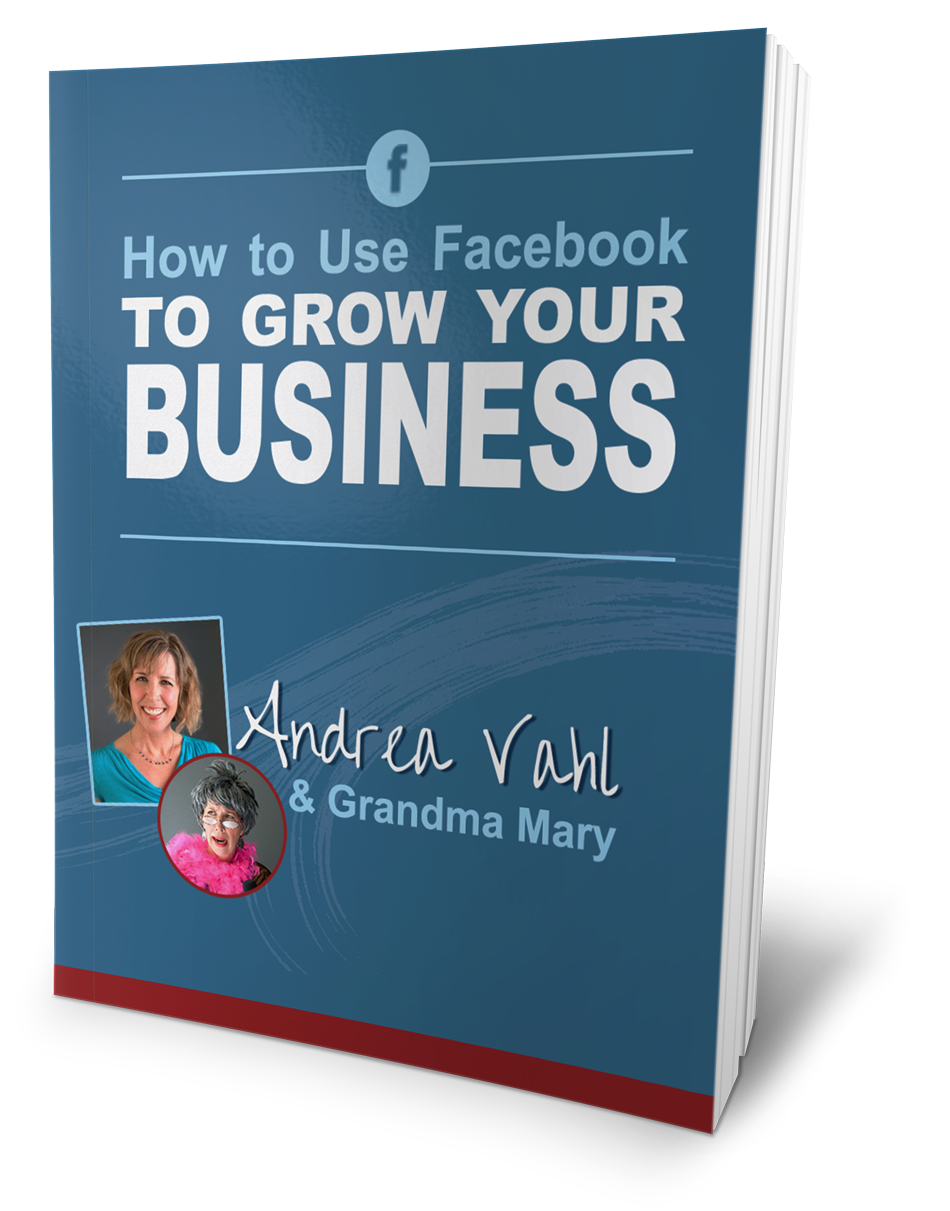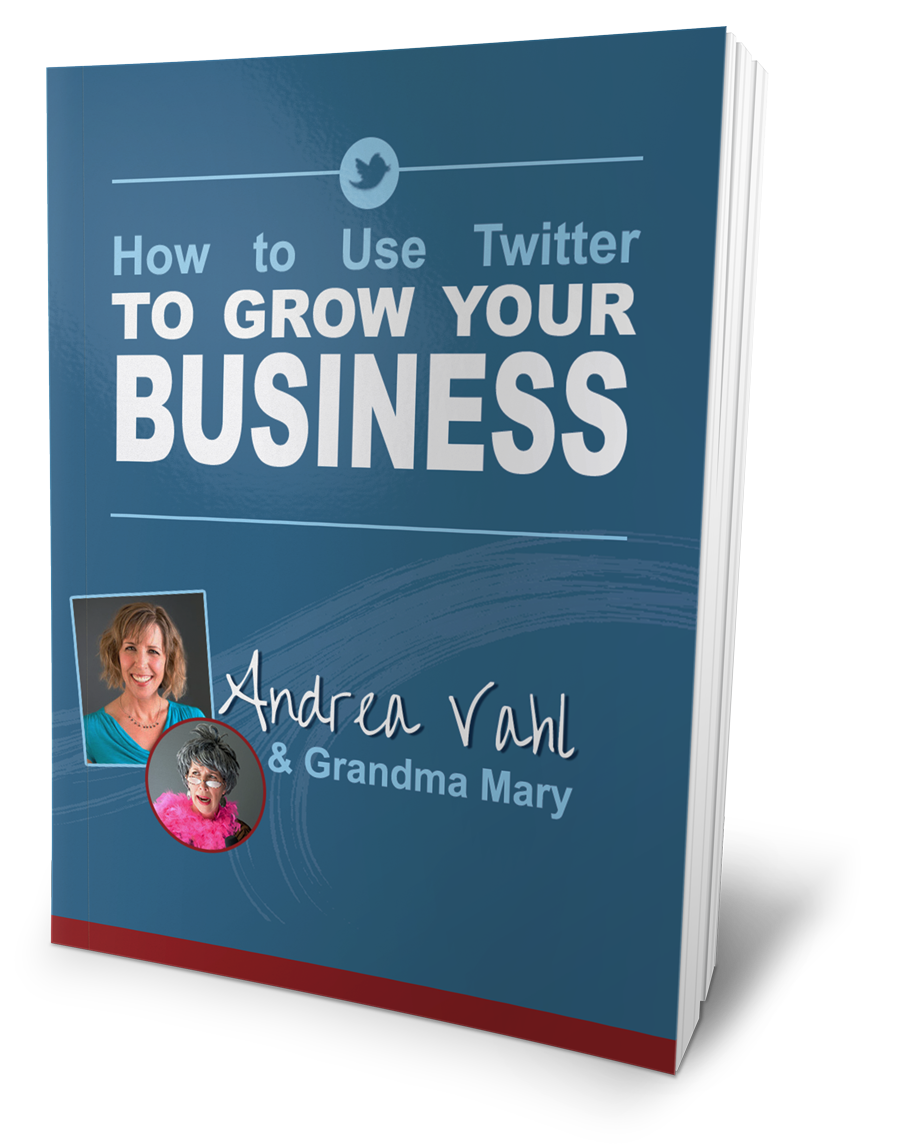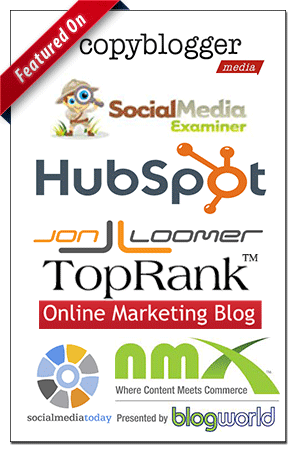Even though this information is so last week, I had to share some great nuggets of information from Day 2 of the sessions at BlogWorld in LA. Here are my notes from the sessions I attended.
Sonia Simone and Chris Garrett
I love Sonia and Chris. They always have such practical, actionable advice that comes from real experience. Their session was titled What’s the Difference Between a Tribe and a Business?
You can find them at @soniasimone and @chrisgarrett
Here are the notes from their session
First, define your Tribe. Don’t be afraid to use a strong voice.
Find out what your tribe will pay for.
- Increased access to you
- Escaping the trolls of the blog comments
- Advanced training
- Better format of your information. Don’t worry that almost everything may be on your site. People will pay for the way you organize it (ie. e-book, mp3, webinar series). They may not know how to find it online.
- Community (valuable but harder to charge for community alone)
- Your Tribe starts with you. Your passion and how you frame that passion.
- You are the leader so act like it – set the rules that support your tribe.
- You can move from free to paid when you know what your tribe will pay for.
Lisa Barone
Lisa talked about Creating your Blogging Superhero. Her message was about creating a blogging persona and not being too transparent. Too much information distracts from your core message. Find her at @LisaBarone
How do you Create your Blogging superhero?
1. Identify your place in the market.
2. Identify the traits and experiences that make you unique.
3. Build a story that ties it together, emphasizing the traits that allow you to be the best version of yourself.
- Think of it like a job interview – you aren’t going to tell your potential employer everything about you.
Arik Hanson and Greg Swan
- Everyone is an influencer.
- Think about Online vs. Offline influencing
- Influencer does not equal “Blogger” – could be an influencer in a platform such as Flickr, YouTube, etc.
- How can an influencer help me achieve my business/marketing objective?
- Is my brand prepared to hear/address genuine criticism?
- Who is already and advocate for my brand?
- Tools or lists should not drive thought process
- Personalize/Individualize – don’t send mass e-mails.
- Be brief – 1-2 paragraphs.
- Don’t only focus on A-listers.
- Don’t forget about offline activities.
- Make your Ask compelling.
- Lead with them, not you.
- Collaborate don’t preach.
- Always have a follow-up ask.
- Disclose paid relationship.
- Measure, Evaluate, Adjust.
Dennis Yu
His session was on Facebook Insights and Advertising. Great session!
CEO of BlitzLocal @DennisYu
Find more data with the Open Graph in Facebook. Use graph.facebook.com/xxxx – where xxx is the name of the Facebook URL id.
It’s not about how many Facebook fans you have, it’s the quality of fans and what kind of users they are.
Facebook defines active user as someone who has seen your post.
Percentage of Fans who actually come to your Facebook Page after liking it is about 1%.
The reality that it’s very difficult to have measurable ROI on social. There are other channels at work.
You can’t expect to have the same success as a big brand.
Your best Fans want to be recognized.
Be as engaging with your Fans as they are with their friends. Tie into their social cycles.
Always comment back or click like when your Fans comment.
If you aren’t engaging on Facebook, you either have to advertise or build an App.
Facebook is not showing Pages as much in the News Feed – especially if your fans having not interacted with you before. If you need to re-engage some fans, run a sponsored story. You get to choose which post to amplify and will then come up more organically after your ad campaign.
Ford
Jim Farley is the Group Vice President, Global Marketing, Sales and Service of Ford and had some very interesting things to say about Ford’s social media efforts. They are a lot of places online including @Ford.
56% of people don’t trust big brands according to Edelman research.
We have to let the customer own the brand. We have to be willing to give up our brand.
Create as much shareable content as you can. Then shut up and listen.
- Let them tell their story
- Talk like they do
- Create shareable experiences
- Listen and Act























